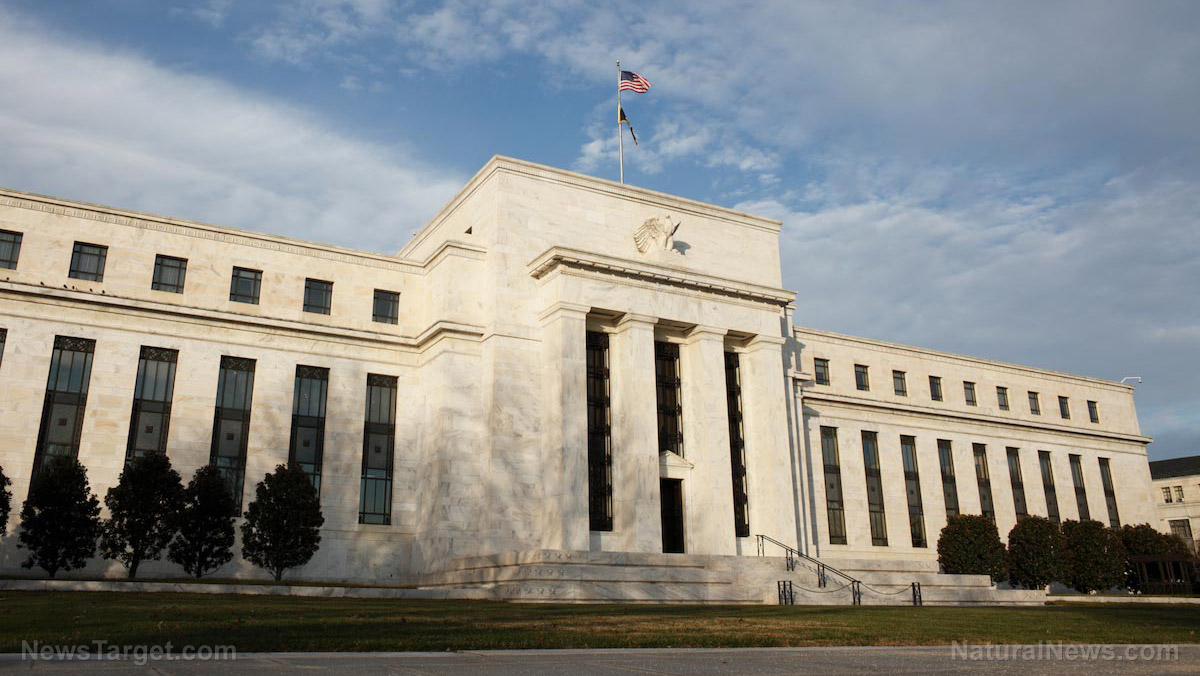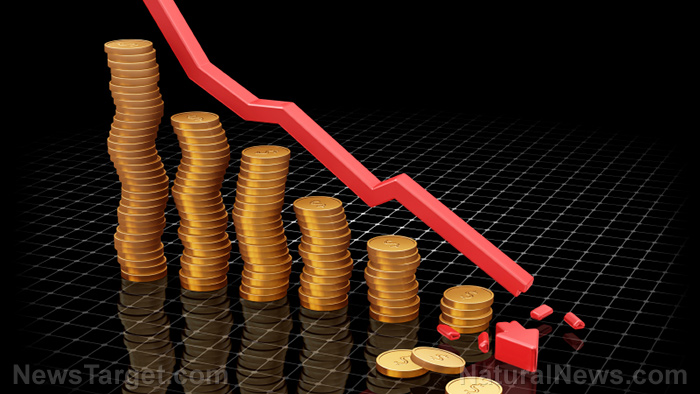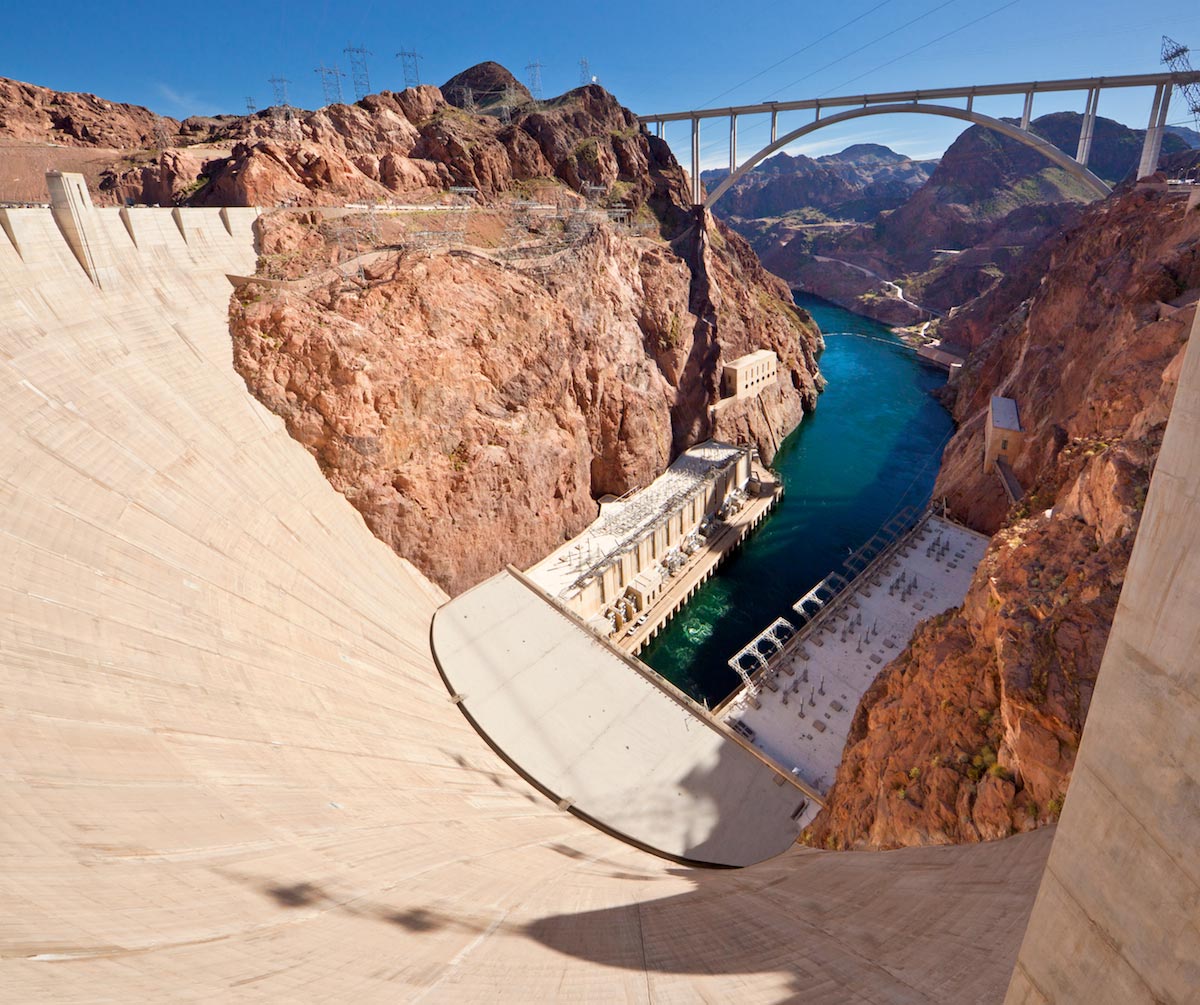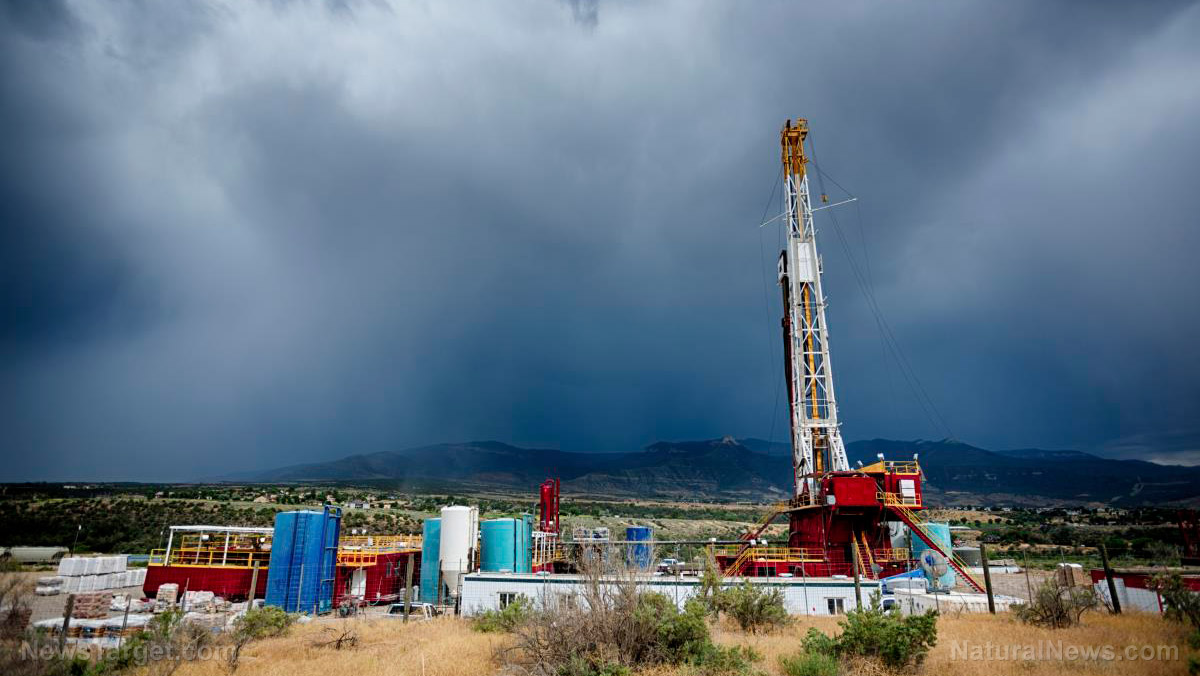Millions of Americans pushed out of the housing market as prices soar
06/26/2022 / By Mary Villareal
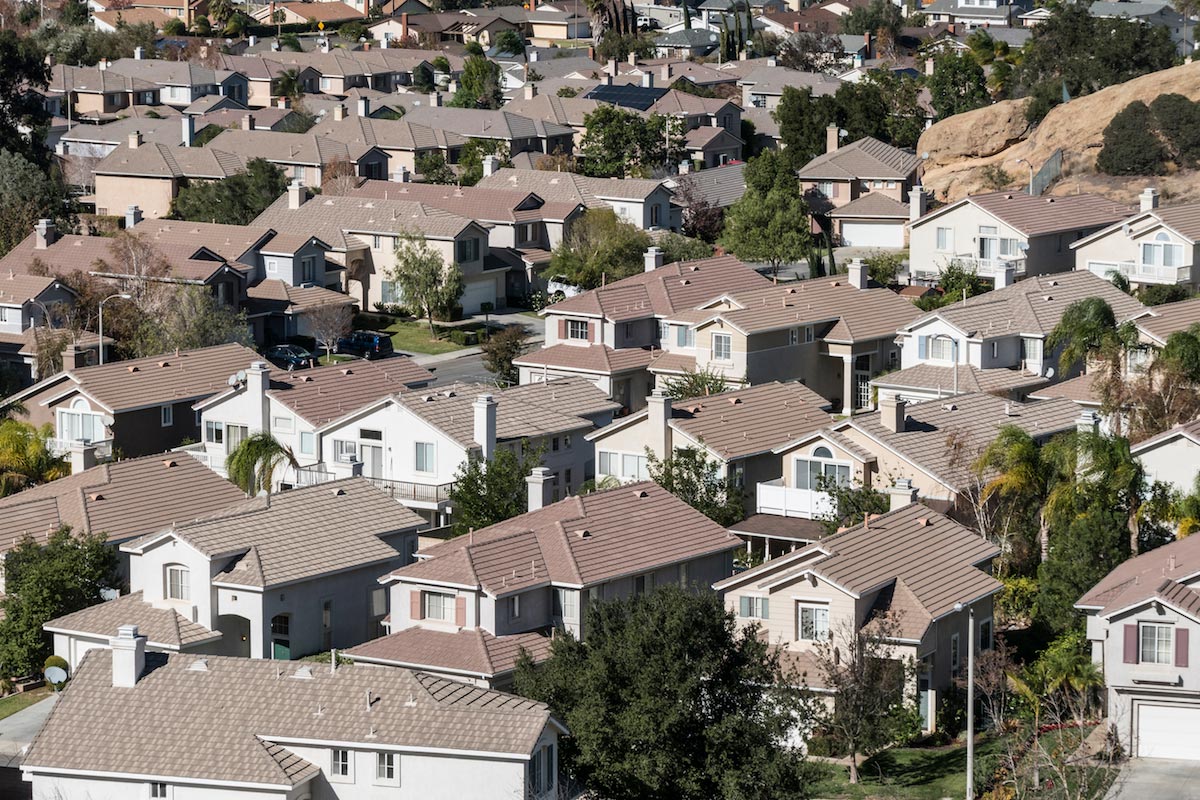
Costs of homes have skyrocketed in most parts of the United States, pushing millions of Americans out of the housing market, as per Harvard University‘s annual State of the Nation Housing Report.
At today’s home prices, a first-time buyer would have to shell out $27,400 or seven percent of the home sales price as a down payment in April on a median-priced home. This rules out 92 percent of renters, who only have a median of $1,500 in savings.
If the down payment is halved to 3.5 percent, then the monthly mortgage payment on a median-priced home would cost around $2,020.
Combined with rising prices and the recent interest rate hikes, the minimum income needed to afford these payments is now at $107,600 per year, compared to $79,600 in April 2021. This effectively prices out some four million renter households with incomes in this range.
Mortgage interest rates have risen by two percent between December 2021 and mid-April 2022. This is equivalent to a 27 percent jump in home prices. As these prices increased along with interest rates, income and savings required to qualify for a home loan skyrocketed, presenting a financial burden on middle-income and first-time buyers.
“It really depends on where you are in that middle-class range, but if you’re making the median income, you’re in trouble,” Alex Kaiser, who lives in the Minneapolis-Saint Paul metropolitan area, said. In his area, housing costs have skyrocketed since he and his wife moved in 2013.
The area set a record this year in median sales price for single-family homes at $353,000, according to data.
Adults living in what is considered to be middle-income households fell to 50 percent in 2021 compared to 61 percent in 1971. From then, it only got worse: In April 2021, the interest rate for housing was at 3.06 percent, but this grew to 4.98 percent by April 2022. During this period, the value of a median-priced home skyrocketed from $340,700 to $391,200.
The down payment and closing costs started at $22,100 in April 2021 but rose to $25,400 in the same month in 2022. Monthly mortgage payments rose from $1,400 to $2,020, while total monthly owner costs jumped from $2,060 to $2,780. (Related: MASS HOMELESSNESS: Housing crisis looms as eviction protections expire.)
Home-price appreciation in the U.S. hit 20.6 percent in March 2022, which eclipsed the previous high of 20 percent in August 2021 – the largest jump seen in three decades. This runup, according to the Harvard report, has been widespread, with 67 of the top 100 housing markets experiencing record-high appreciation rates at some point over the past year. In the other 33 major markets, home prices still increased by at least nine percent.
Goldman Sachs also expects houses to become much less affordable for average Americans despite home price growth slowing down sharply, as the average American is much less likely to be able to afford a home now compared to a few months ago.
“In the US, our latest model update pointed to a substantial slowing in-home price growth to the low single digits over the next year,” an analyst for Goldman Sachs wrote.
Since the pandemic began, home prices in the U.S. have risen by around 38 percent, according to the Case-Shiller Home Price Index, which tracks the value of single-family detached residences using a variety of methods.
Millennials and Gen Z-ers just cannot afford to buy homes
Most members of the millennial and Gen Z generations, who are now at the ages of 26 to 41 and 18 to 25, respectively, do want to own homes in the future, or even right now if they could afford it.
While a majority of American adults still view homeownership as a top hallmark of success, most say that affordability is the main reason they hadn’t purchased a home yet.
“Non-homeowners cite insufficient income, high home prices, and not being able to afford a down payment or closing costs as the most common barriers to becoming a homeowner,” Greg McBride, chief financial analyst of Bankrate.com said in a statement.
“High, and rising, home prices can contribute to the feelings of not having enough income or savings accumulated to buy a house,” he explained.
Even with the market showing signs of cooling, home ownership remains difficult for younger Americans to achieve, especially because they still have their student debt loans to pay for with their repressed wages. (Related: Neo-feudalism on the rise in America as home ownership dies with the middle class.)
Younger Americans, however, said they are willing to take some form of action to gain access to a more affordable home. Three-quarters of Gen Z-ers and 69 percent of millennials have said they would consider relocating to different states, moving to a more affordable but less desirable area or taking a discount on a fixer-upper if this means that they can achieve their housing dreams.
Visit MarketCrash.news for more news about the collapsing housing market in America.
Watch the video below for more information about the inevitable housing crash that could rule out millions of Americans from buying homes.
This video is from the InfoWars channel on Brighteon.com.
More related stories:
Here it comes: All signs point to Housing Bubble 2.0 amid widening price, income gap.
U.S. headed for “unprecedented housing crisis” as mass evictions loom.
Sources include:
Submit a correction >>
Tagged Under:
Bubble, chaos, Collapse, debt collapse, economics, economy, home buyers, home buying, home selling, homeless, housing, Housing Market, Inflation, investment, mortgage, risk
This article may contain statements that reflect the opinion of the author
RECENT NEWS & ARTICLES
COPYRIGHT © 2017 CHAOS NEWS

